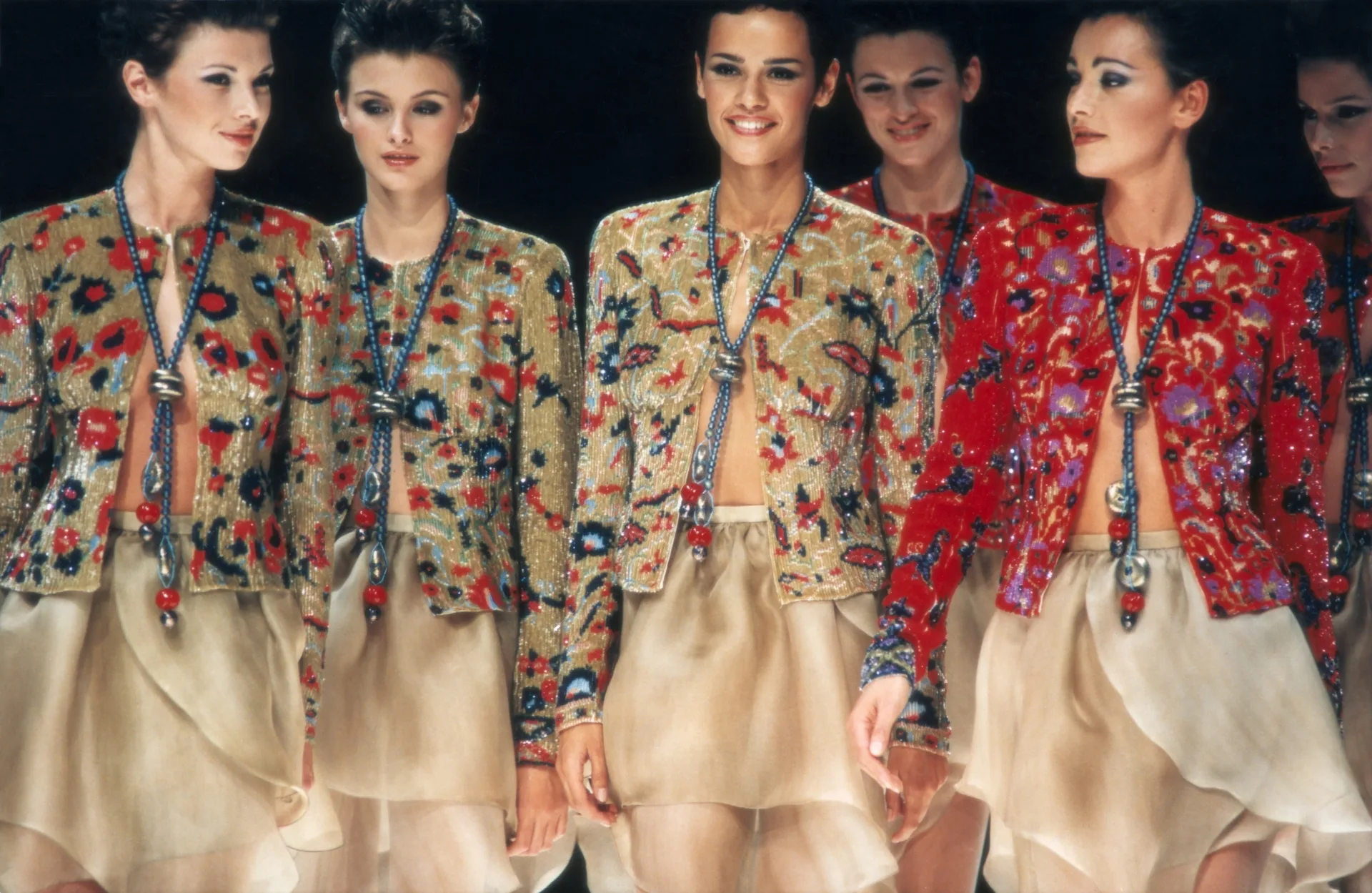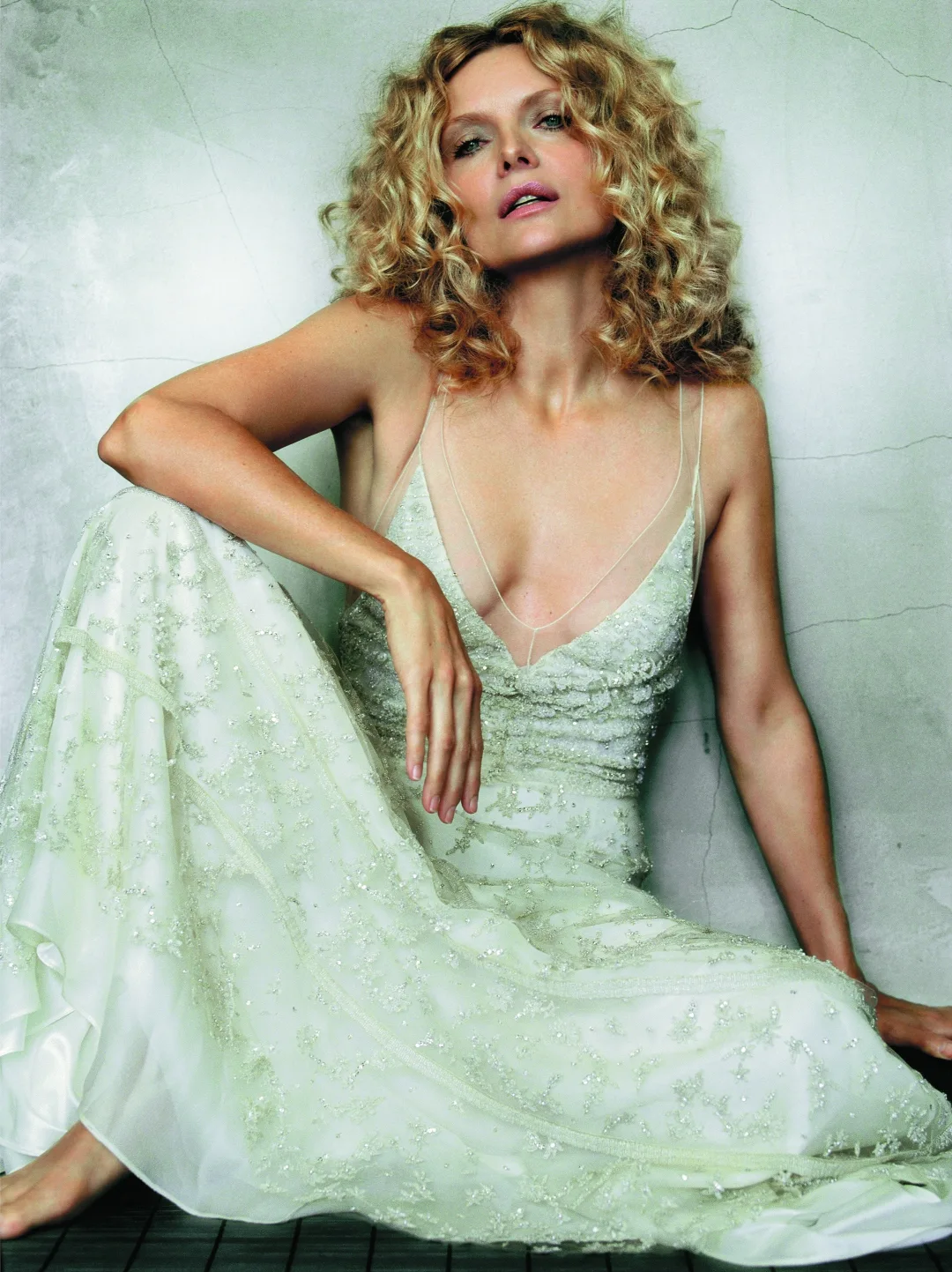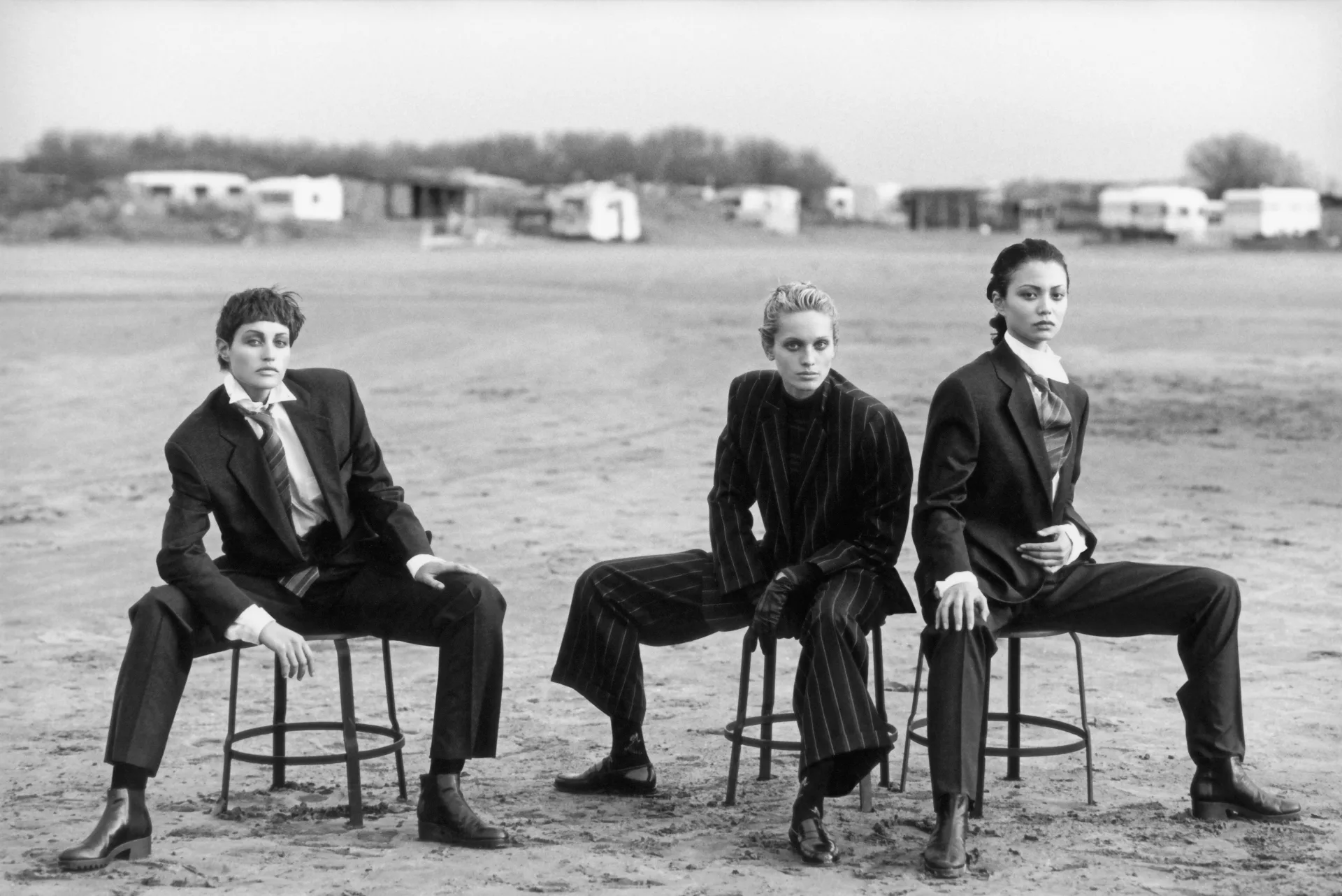Since entering fashion 60 years ago, Italian designer Giorgio Armani – who celebrated his 90th birthday this month – has turned his skill for shaping a garment into a talent for shaping the world.
The Die is Cast
“It was never my conscious intention to revolutionise fashion, yet that’s what happened,” Giorgio Armani has said. His first dream was to be a doctor: “I loved the idea of a person who saved the lives of the elderly and the young alike.”
However, he lacked the necessary focus, and after two years quit medicine to do military service. After working as a menswear buyer, he got a job as a fashion stylist with Nino Cerruti. It was 1965, he was 31, and the world of fashion would be changed forever.

A Star is Struck
In the late 1970s, Armani began designing with the celebrity red carpet in mind, which was then “a pioneering approach” for a designer.
He was drawn to the young actors of the day as they were “uninhibited, real, even proud of their shortcomings” and he became the go-to designer for many stars.

Playing With Gender
“I was the first to soften the image of men, and harden the image of women,” Armani wrote in his 2015 book Giorgio Armani.
“I dressed men in women’s fabrics, and stole from men what women wanted and needed – the power suit.”

Bodies of Work
Despite his great range and variety, the maestro’s designs have always been more subtly sensual than obvious.
“Over the years I have shown that what’s sexy is not a body laid bare before everyone’s eyes: sexy is a suggestion, a veiling and unveiling.”

The Red Runway
A decade ago Armani wrote that “the red carpets have become a marketing strategy, and many fashion houses choose stars simply because they are in the limelight at the moment”.
He opted for a different approach: “First and foremost, to create a human relationship and a deeply personal understanding.”

Clothes Maketh the model
Armani is a consummate designer not just of fashion but of jewellery, accessories, perfumes, interiors and more. But always there have been models, from the most famous faces to those getting their big break.

The Drawing Board
From the earliest days, Armani (pictured in his Milan studio in 1978) would sketch his designs, a practice he’s never surrendered. “I’ve always drawn as part of my work,” he has said.
“As a designer, it’s not enough to know how to sew; you have to be able to follow a specific line of thought – and drawing is, at its basis, thinking.” The simplicity of pen on paper fit with his other approaches to life: “I admire discretion and I loathe exhibitionism. I’m drawn to silence, and I love the essentials. I dislike excess and noise.”

This is an edited extract from Giorgio Armani by Giorgio Armani (Rizzoli, $320).
 Getty
Getty









